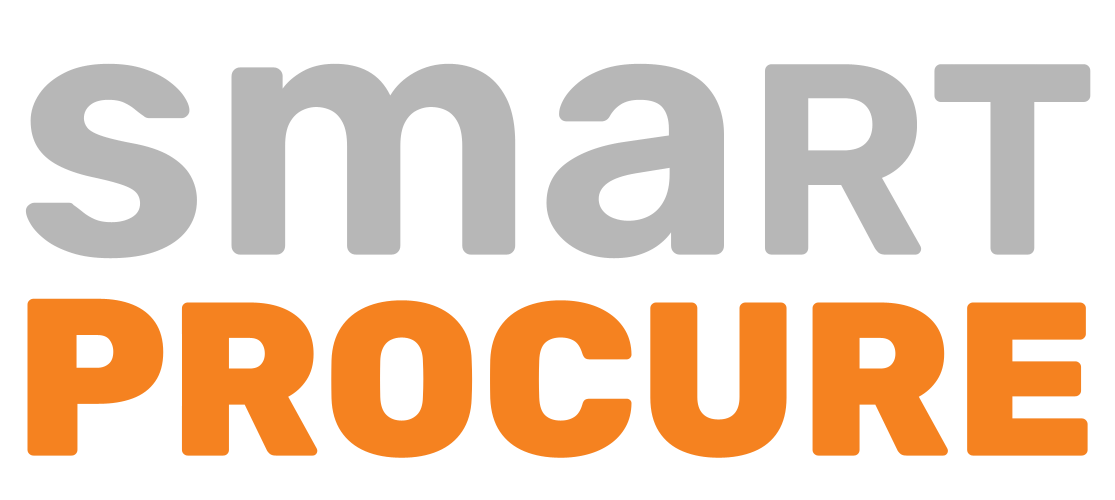You can make profitable purchases and save the business with negotiation methods used to reduce costs in purchases.
Reducing costs is a key way to profit from purchases or make purchases profitable. If you wish, process or use the product you purchased; either way, the lower your costs, the more you will benefit.
Negotiation is the most effective and widespread tool to reduce costs. In addition, there are many methods and purchasing negotiations.

Cost Reduction Strategies
Don't Spend Money on Products and Product Features You Don't Need
You should identify the features you are looking for in the product you will purchase. If there are features in a product that you don’t need, don’t pay extra for them in vain. Do not buy products that you have not considered or whose immediate decisions have been dominated.
For example: buy a projector to use in the office. If you do not need video demonstrations or film-based shows, high-resolution products have extra features for you. Buying more moderate products that meet your needs would be beneficial.
Get a Quote from Different Brands or Suppliers
Competition between brands and suppliers has always been among the most effective ways to reduce costs. Through systems or software (both product specification and cost) that you can compare products of brands or suppliers, it will enable you to negotiate. The important thing to note here is comparing products with similar characteristics.
Consolidation of Orders
The larger the volume of products you get from a single vendor, the easier it is to reduce costs. If you are a business that is constantly performing large purchases, this will be an effective method.
If you are interested in one-time purchases and periodic purchases, you can co-schedule products that you can buy from the same supplier. This will give you a price advantage of at least two percent or three percent.
Control your costs with SmartProcure
Saving has never been easier
If You Want Call First
Track Campaigns
Keep track of the campaigns that are carried out in media that actively involves your suppliers. Businesses attempting to thaw their stocks or those looking to increase their turnover can create highly advantageous campaigns. You can still reduce costs by just buying the products you need.
Step Up Carefully For Seasonal Purchases
It has a similar curve as campaigns but seasonal progress is noted. If the demand for a product increases every season, the cost is the highest in that season.
For example: you can think of coal as the need for coal increases in winter and its prices decrease towards summer. You can make your purchases by seasonal prices when they are at their lowest. You can see that even list prices will be lower this season.
Make Comparisons for Purchases Based on Results and Payment Options
Generally, purchase decisions are made before a product is purchased and paid. The installment or deferred options form purchasing options and payment options.
What you need to consider is the comparison of prepayment and installment payment options both for different brands and suppliers and also for the same brand or supplier.
For example, you will make a purchase for 20,000 Turkish lira. If you invest in a time deposit account, assume that your product will return as much as 20,440 interest. If you make payments in excess of 20,440 on credit purchases, advance purchases are more advantageous for you. Every amount exceeding 20,440 is a direct outgoing payment, indifferent to your pockets.
